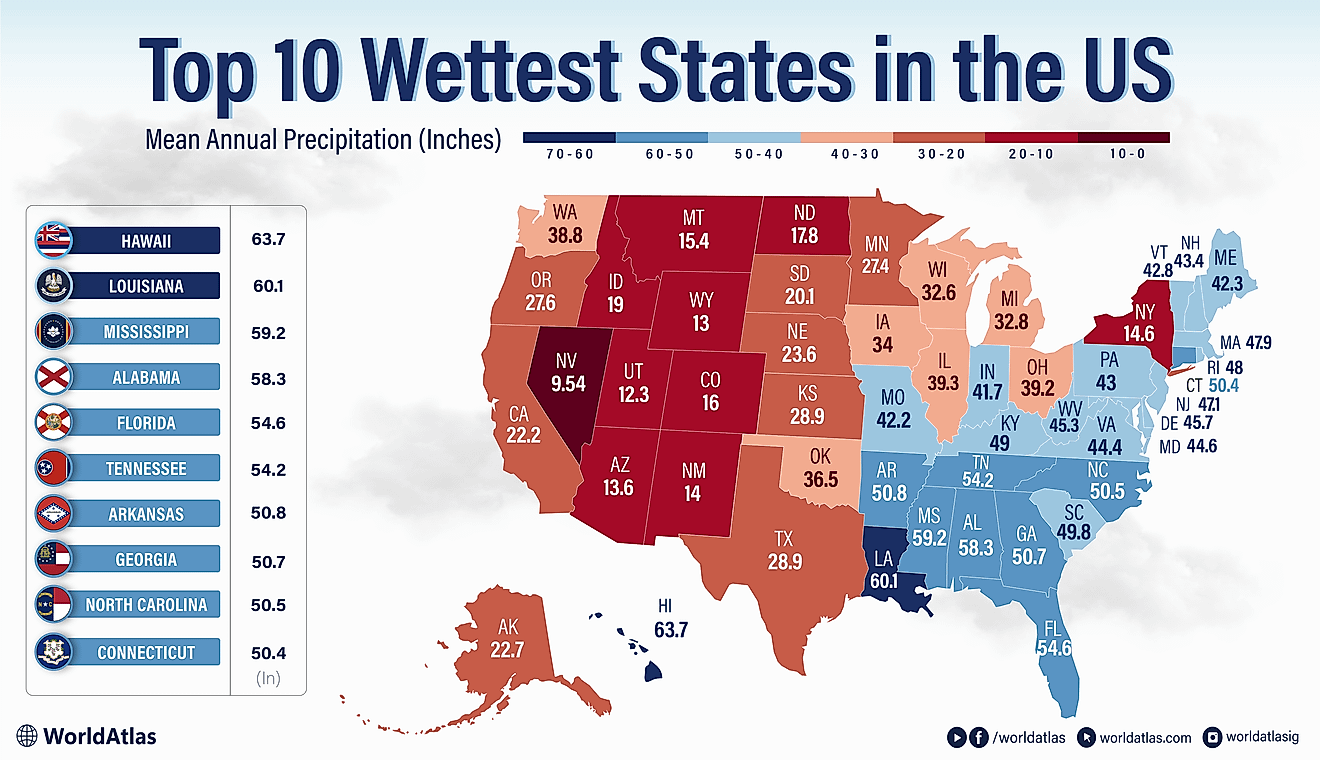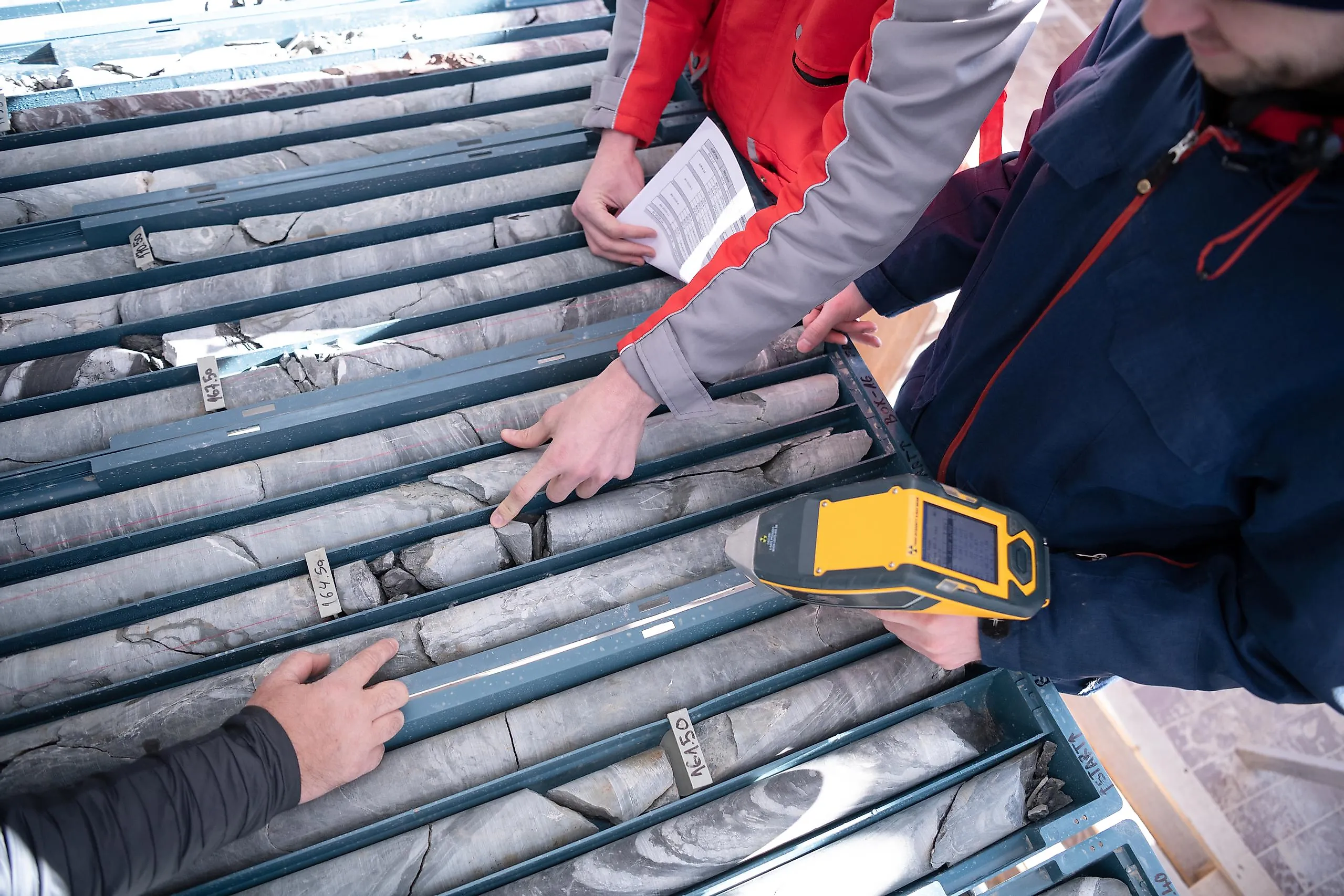
Earth’s Core Holds Enough Gold to Cover the Planet In A Knee-High Layer
Humans have extracted gold, platinum, and other precious minerals from beneath Earth’s surface for thousands of years. While some near-surface deposits have been exhausted, scientists have discovered that vast reserves of these elements still exist deep inside the Earth. During its formation, meteorite impacts delivered large amounts of gold and similar minerals. Because Earth was molten then, these dense elements sank toward the core. As the planet cooled, the silicate mantle contained this material far below the surface. Scientists estimate that enough gold is in Earth’s core to cover the entire planet with a 13-inch layer, but it lies approximately 1,800 miles deep at extremely high temperatures.
Rocks: Then Versus Now
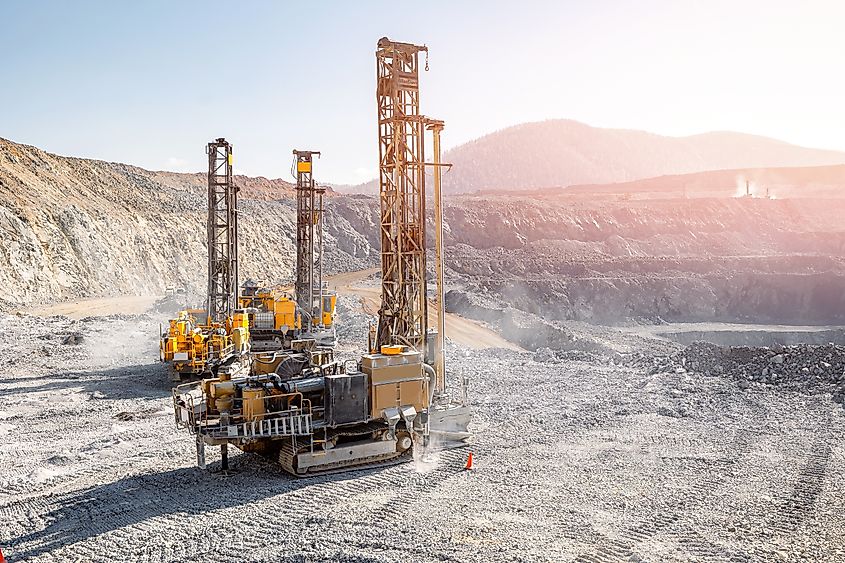
Professor Elliot and Dr. Willbold from the University of Bristol investigated whether gold at Earth’s surface was once much more plentiful than it is now. Their study received support from the Natural Environment Research Council, the Deutsche Forschungsgemeinschaft, and the Science and Technology Facilities Council. The research started with four-billion-year-old rocks from Greenland, collected by University of Oxford professor Bernard Moorbath. The Bristol team analyzed tungsten concentrations in these ancient rocks and compared them to those in current rocks. They found a 15-parts-per-million difference in isotope 182W, suggesting early Earth lost significant tungsten as heavy elements sank into the core. This finding supports their theory explaining why surface gold levels are relatively low today.
Need More Proof?
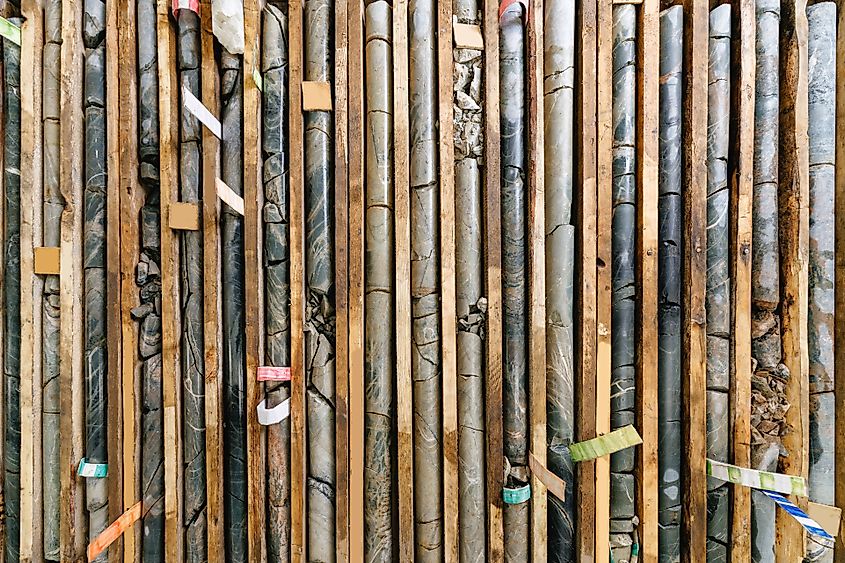
Geologists at the University of Maryland expanded on the work of Professor Elliot and Dr. Willbold from the University of Bristol. University of Toronto geologist James Brenan supported the same conclusion alongside the Maryland team. They noted that during Earth’s early formation, extreme temperatures caused heavy precious metals to melt out of the crust and sink toward the mantle and core. This raised another question: why minerals such as rhodium and platinum remain in the crust today. The researchers found that these minerals were not returned from below but instead arrived later. They concluded that meteorites and comets delivered these elements after Earth’s surface had cooled and solidified.
Why Is There So Much Gold In The Core?
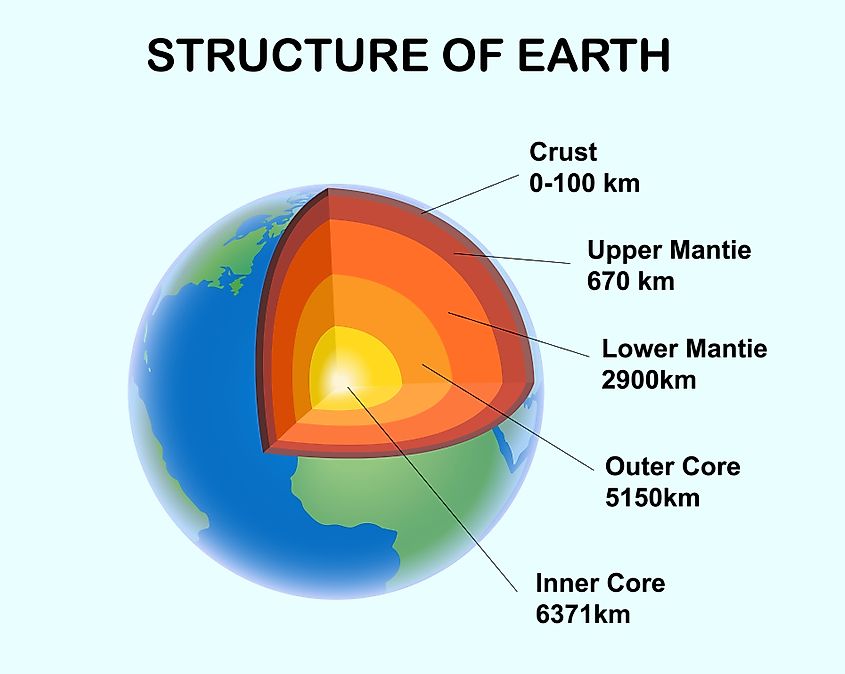
Gold is concentrated in Earth’s core because it is a siderophile, meaning it bonds readily with iron. During Earth’s early formation, the planet was molten, and heavy elements such as gold, platinum, and iridium mixed with liquid iron. As the iron separated and sank toward the center, these metals moved with it. This process, known as planetary differentiation, locked most of Earth’s gold deep in the core, leaving only a small fraction in the crust where it can be mined today.
Why We Can’t Mine the Core’s Gold
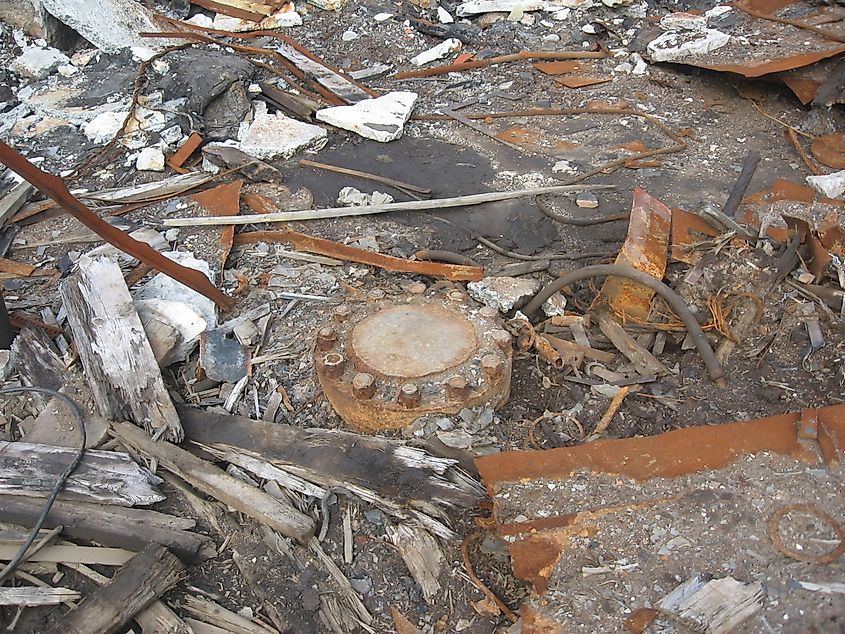
Mining the gold in Earth’s core is impossible because the core lies about 1,800 miles below the surface under extreme conditions. Temperatures range from roughly 4,000 to 6,000 degrees Celsius, and pressures are millions of times higher than at the surface. Even the deepest drilling projects have reached only about eight miles into the crust, a tiny fraction of the distance required. Current technology cannot penetrate the mantle, let alone reach the outer core, making the vast gold reserves at Earth’s center permanently inaccessible.
A Gold Digging History
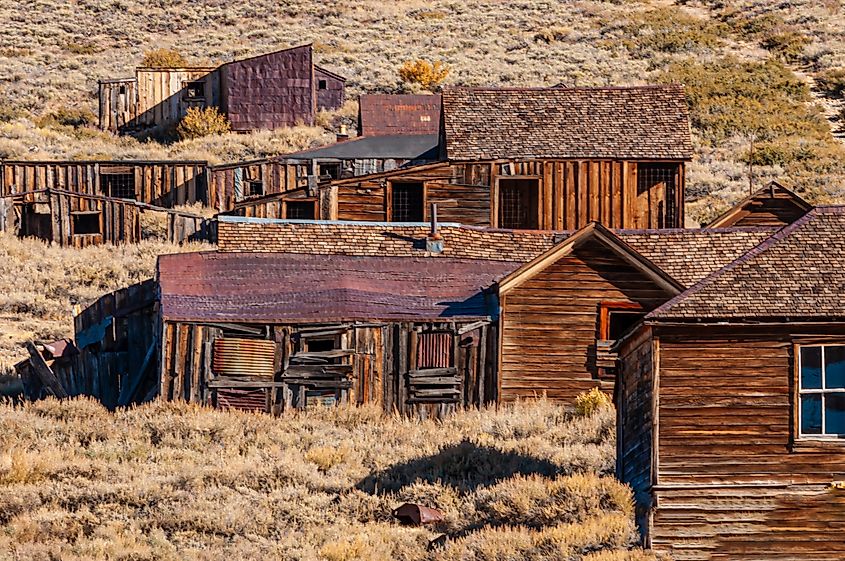
Gold extraction from beneath Earth’s surface may have begun more than 7,000 years ago. Evidence comes from gold ornaments and other artifacts uncovered in the Varna Necropolis in Bulgaria, dated between 4700 and 4200 BC. Another early gold-mining site is Sakdrisi in southern Georgia. The ancient Romans also mined gold extensively, and access to gold deposits was one motivation for their expansion into Britain and Transylvania. Roman gold mining later spread through the Balkans, Egypt, Armenia, Nubia, and Anatolia during the Byzantine period. In medieval Europe, the Kremnica mine in present-day Slovakia became a major source of gold. The 19th century brought major gold rushes in the New World, including the Victorian, Klondike, California, and Witwatersrand rushes, which fueled settlement and economic growth across frontier regions.
Takeaway

Most of Earth’s gold lies far below the surface, locked in the core after sinking there during the planet’s molten beginnings. The gold found in the crust today represents only a small fraction delivered by meteorites and concentrated by later geological processes. Although these deep reserves are far beyond reach, studying them helps scientists understand Earth’s formation and why accessible gold is limited. This contrast between abundant core deposits and scarce surface deposits explains both the rarity and enduring value of the metal.


